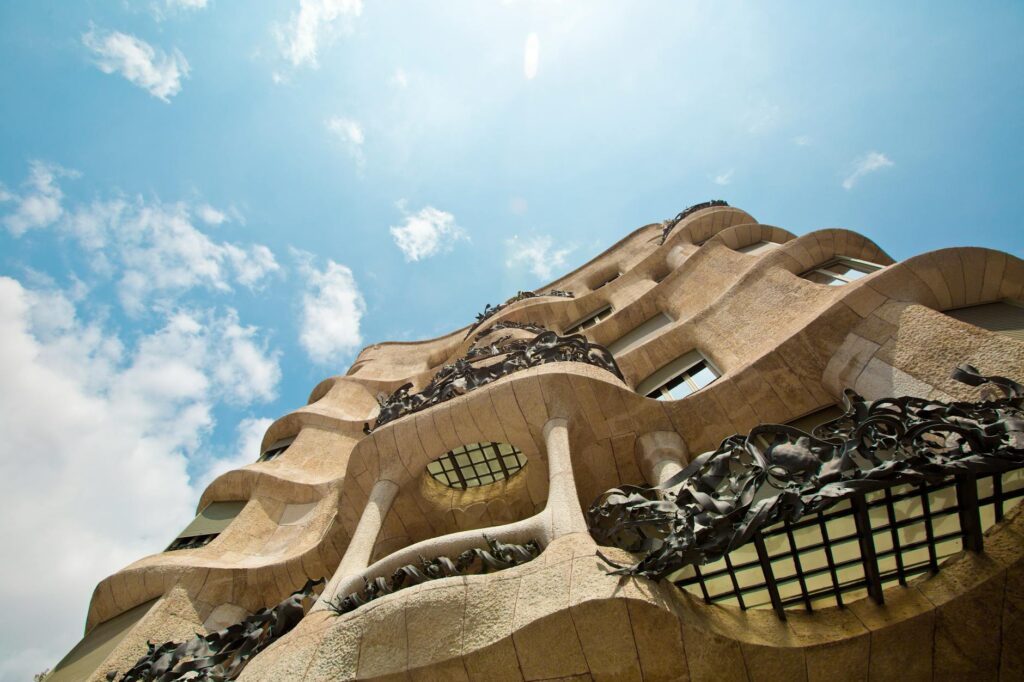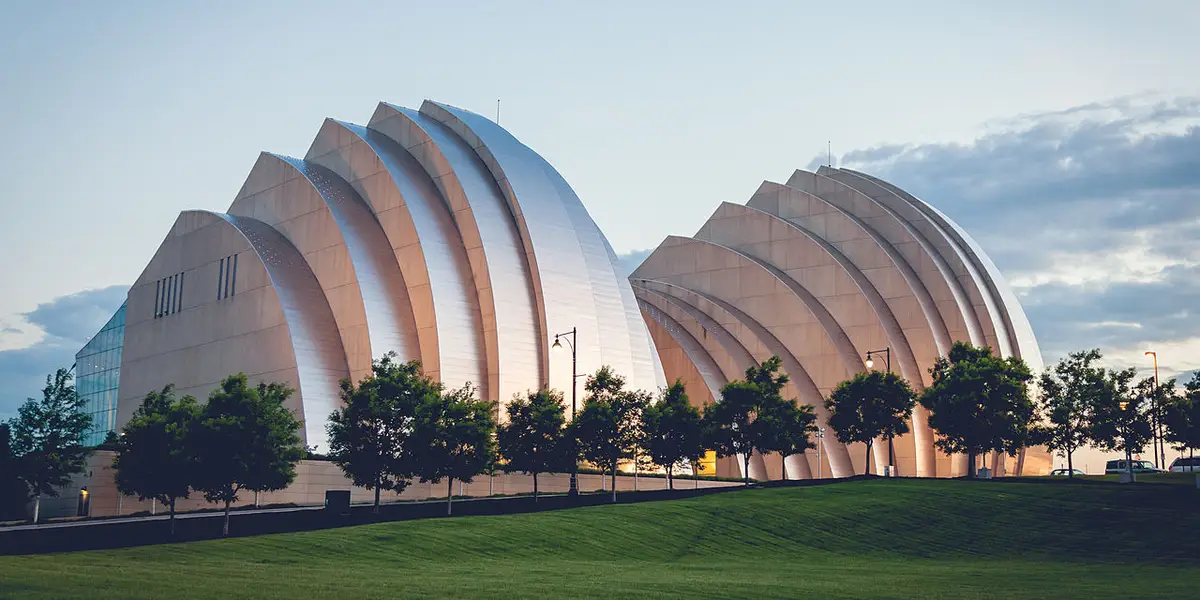Introduction
Antoni Gaudí, a name synonymous with breathtaking architecture, left an indelible mark on Barcelona and the world. His unique style, a blend of Catalan Modernism, Art Nouveau, and personal artistic vision, continues to captivate and inspire. This exploration delves into the captivating world of Gaudí’s architectural genius, examining his most iconic creations and the underlying principles that define his extraordinary work.
The Sagrada Família: Gaudí’s Masterpiece
The Sagrada Família, undoubtedly Gaudí’s most famous work, is a testament to his unparalleled creativity and devotion. Its intricate facades, soaring spires, and natural forms create an awe-inspiring spectacle. The level of detail is astonishing, with each element thoughtfully designed to tell a story.  Construction continues to this day, aiming for completion sometime in the coming decades, based on Gaudí’s original plans and modern interpretations. Learn more about the Sagrada Família’s history.
Construction continues to this day, aiming for completion sometime in the coming decades, based on Gaudí’s original plans and modern interpretations. Learn more about the Sagrada Família’s history.
Park Güell: A Fairytale Landscape
Park Güell, a whimsical public park, showcases Gaudí’s mastery of integrating architecture with nature. The vibrant colors, mosaic-covered benches, and imaginative structures create a fantastical atmosphere. [IMAGE_2_HERE] This unique space is a delightful blend of art, architecture, and landscaping, offering stunning views of Barcelona. Explore the design elements of Park Güell.
Casa Batlló: The Dragon’s Lair
Casa Batlló, also known as the ‘House of Bones,’ is another prime example of Gaudí’s expressive style. Its undulating façade, bone-like columns, and colorful roof tiles resemble a mythical creature. [IMAGE_3_HERE]The interior is equally stunning, with its unique architectural features and captivating details.
Casa Milà (La Pedrera): A Sculptural Masterpiece
Casa Milà, or La Pedrera (‘The Quarry’), is a testament to Gaudí’s innovative use of materials and organic forms. Its flowing lines, wavy balconies, and sculpted façade create a truly unique visual experience. [IMAGE_4_HERE] The building’s interior spaces are equally remarkable, demonstrating Gaudí’s attention to detail. Discover the secrets of La Pedrera.
Gaudí’s Design Philosophy
Gaudí’s work was deeply influenced by nature, evident in his use of organic forms and his incorporation of natural light. His designs often incorporated symbolism and religious themes, reflecting his strong Catholic faith. He was a master of craftsmanship, paying meticulous attention to every detail of his creations.
The Legacy of Gaudí
Antoni Gaudí’s influence on architecture remains profound, inspiring architects and artists worldwide. His unique style and innovative techniques continue to be studied and admired. His buildings are not just structures; they are works of art that captivate and inspire generations.
Conclusion
Gaudí’s architectural legacy is one of unparalleled creativity and innovation. His buildings are a testament to his unique vision and his ability to blend art, nature, and architecture into breathtaking creations. They offer a glimpse into a world of imagination and artistry, leaving a lasting impression on all who experience them. [IMAGE_5_HERE]
Frequently Asked Questions
What materials did Gaudí typically use? Gaudí favored natural materials such as stone, brick, wrought iron, and colorful mosaics, reflecting his commitment to organic design.
How did Gaudí’s faith influence his work? Gaudí’s deep Catholic faith is clearly visible in the religious symbolism and themes incorporated into many of his designs.
Are any of Gaudí’s buildings still under construction? Yes, the Sagrada Família is still under construction, although significant progress has been made.
What makes Gaudí’s architecture unique? Gaudí’s unique style is characterized by its organic forms, vibrant colors, and the innovative use of materials, blending seamlessly with nature.

